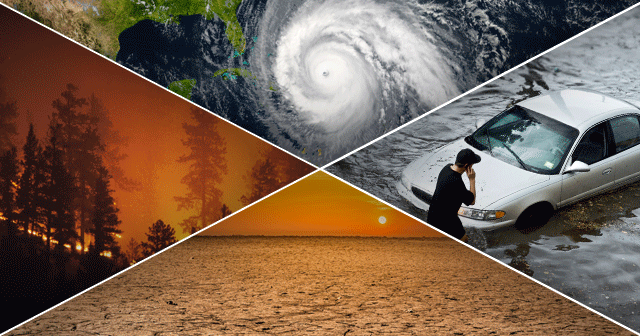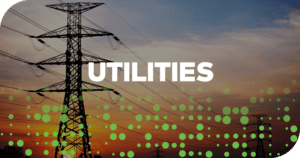Attribution Science is a Growing Area of Focus for Meteorologists

From deadly heat waves to extreme flooding, scientists are increasingly attributing extreme weather events to climate change. But how can scientists discern “what is a natural weather phenomenon” and how much, if any, can be “attributed to human-influenced climate change?” The growing field of attribution science is making this possible, not only to identify and quantify climate change’s influence, but also to determine whether that influence contributed to, or caused, extreme weather.
“…with the scientific trifecta of increased computing power, advanced climate modeling, and more observation data, it is now possible for scientists to quickly pinpoint a direct correlation in certain cases.”
The study and application of attribution science began 20 years ago but has gained significant attention in recent years as the increasing intensity and frequency of extreme weather events have become more evident to the larger, global population.
For meteorologists and risk communicators, it is an important area of focus when discussing extreme weather events. The interconnectivity of what happens in the atmosphere short term (meteorology) can be connected to long-term atmospheric changes (climate), and as we have experienced recently, how long-term changes in the climate impact immediate weather events.
Ten years ago, meteorologists needed more time to make a scientific connection between extreme weather and climate change. But with the scientific trifecta of increased computing power, advanced climate modeling, and more observation data, it is now possible for scientists to quickly pinpoint a direct correlation in certain cases.
So, what exactly is attribution science?
Attribution science is a growing area of study that analyzes whether extreme weather events like hurricanes, heat waves, or flooding are caused — or influenced — by climate change. The first attribution paper was published in Nature in 2004 and focused on heatwaves. Since then, the rapidly growing body of research and scientific validity has demonstrated success in connecting extreme weather events and climate change. An excellent example of this is the Hurricane Harvey research that found climate change caused the storm to drop significantly more rain than it would have before atmospheric carbon dioxide levels spiked.
Heat and drought-related studies have also connected extreme weather events and climate change. Research in the Proceedings of the National Academy of Sciences confirms that climate change has doubled the area wildfires have burned in the western U.S. and contributed to an increase of large fires in California five times greater than in the past.
“…knowing the type of extreme weather event can influence infrastructure decisions, business plans and potentially create new demand for resiliency strategies.”
While these and other studies confirm that weather events are more intense due to climate change, they also offer actionable insights for businesses and municipalities in those vulnerable regions. For example, knowing the potential, or likelihood, for a type of extreme weather event can influence infrastructure decisions, business plans and potentially create new demand for resiliency strategies. On a global scale, attribution science is increasing public awareness about climate change and its influence on extreme weather, as well as influencing policy and planning.
So, is attribution science proving that climate change is the catalyst for extreme weather events? This is not an either/or scenario, nor is there a single cause for any weather event. Science deals in probabilities, observability, validity, and evolving bodies of knowledge. Climate variability and extreme weather events have been documented for centuries. For instance, extreme drought contributed to the demise of the Mayan civilization, and the White Hurricane of 1913 brought blizzard conditions with hurricane-force winds that ultimately resulted in the deaths of 250 people.
But scientists can use climate attribution methods to determine the probability that a past weather event would have occurred if not for climate change. A recent study concluded that climate change made the April heat wave that struck Western Europe and Northwest Africa at least 100 times more likely to occur.
“As attribution science continues to grow, meteorology will play an important role in bridging the gap between climate change and weather events.”
As attribution science continues to grow—both in the body of knowledge and those who choose this emphasis of study—meteorology will play an important role in bridging the gap between climate change and weather events. As its practice expands, we may see it evolve into a recognized meteorological discipline, much like that of hydrologists, data scientists, broadcast meteorologists, or others.
Discover how DTN meteorological risk communicators’ in-depth industry expertise contributes to important, actionable insights.
About the author
Jim Foerster is chief meteorologist at DTN and one of 239 Certified Consulting Meteorologists (CCM) in the world. He is a frequent Forbes contributor on the science of weather and its impact on businesses and industry.











 Comprehensive weather insights help safeguard your operations and drive confident decisions to make everyday mining operations as safe and efficient as possible.
Comprehensive weather insights help safeguard your operations and drive confident decisions to make everyday mining operations as safe and efficient as possible.